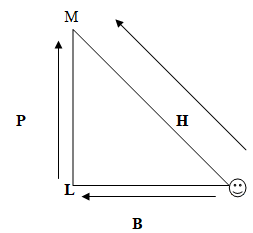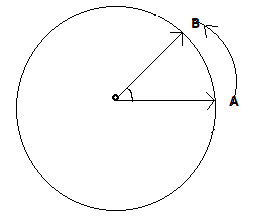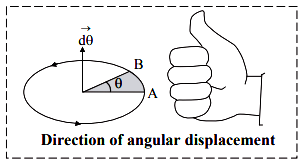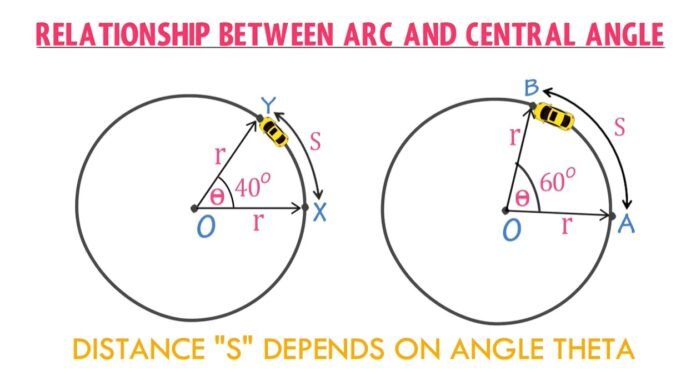If you are looking for an Angular displacement, you have come to the right place!
In this article we will discuss angular displacement. Before going to the angular displacement, we should be aware about circular motion and linear displacement. After knowing angular displacement we will go through with some real life examples where angular displacement plays an important role.
The purpose of this article is to provide a brief overview of angular displacement, how it useful in daily life, and any other important information that you might need to know. If you do not have time to read all of the information, then I would suggest reading the introduction section first.
Introduction
In this world three space and one time dimensions are exist. There are two ways that objects can move. A body changes its position from point to point linearly is called translation and when a body rotates about an axis and change its orientation is called rotation. Generally motion of any body consist translation about all three axis.
Circular motion
When a body moves along a circle or in a circular path is called circular motion. According to the text book (NCERT) a circle has infinite sides so when particle move along a circle then it has to take infinite number of turns to complete the circular motion. Circular motion is a two dimensional motion.
Linear displacement
Linear displacement is the shortest distance traveled by any object. It is a vector quantity.
For example, in figure 1 if the object wants to reach from point K to M then it has two paths first one is K-L-M and the second one is K-M. If the object follows path K-L-M then the length of the total path traveled by the object is distance. But if it follows the path K-M then it is called displacement. Because path K-M is the shortest path to reach point M from K. And because the motion following a line thus it is a linear displacement.

Fig-1
Angular displacement
Angular displacement is similar to the linear displacement in circular motion. If a body is performing circular motion then the angle (in degree or radian) made from initial position to final position by the body is known as angular displacement.
Let a body moving along a circle. It is start to move from the point A to point B.

θ
Fig.-2
Thus, the θ is representing angular displacement here.
- SI unit of angular displacement is radian. But normally the angle is measured in degree so it is necessary to change degree to radian before the calculation.
- Angular displacement is dimensionless quantity. It has unit but not dimension.
- To complete a circle, a body has to make 360 degree angle which is in radian.
- Angular displacement is vector quantity.
- The directional vector of the angular displacement is an axial vector. Which means the direction of angular displacement is perpendicular to the paper at the center of the circle in figure 1.
- To find the direction of angular displacement we can use right hand thumb rule. (Shown in the figure 3).

Fig-3
Right hand rule for angular displacement states that, ‘The thumb will point the direction of the angular velocity if you grip the axis with your right hand and rotate your fingers in the direction of the motion of the rotating body.
Similar terms used in linear and rotation.
| Sl. N | Linear terms | Notation | Rotation terms | Notation |
|---|---|---|---|---|
| 1 | Displacement | x | Angular displacement | θ |
| 2 | Initial velocity | u | Initial Angular velocity | ωo |
| 3 | Final velocity | v | Final angular velocity | ω |
| 4 | Acceleration | a | Angular Acceleration | α |
| 5 | Time | t | Time | t |
Angular displacement’s formula
Let a body rotate rotates around a circle which has R radius as shown in figure 2. If it rotates about whole circle (2π radian angle) and come into its initial position then total distance travelled by the body is 2πR (circumference of the circle).
So, 2π radian = 2πR Unit linear displacement
1 Radian = R unit linear displacement
Now, if the body makes θ angle then, net linear displacement will be θ.R
So, linear displacement AB= x = R. θ
Or,
Example
Angular displacement plays an important role in real life situation. For example a bicycle is moving on the road which has 0.5 m radius wheel. Let bicycle’s wheel displaced by the bicycle is 1.57 m.
So, the wheel will rotates at an angle of π radian or 180 degree which will be the angular displacement of the bicycle.
Recommended Articles:
Angular Acceleration – Formula, Definition, Application, and Factors
The Angle of Incidence
Anemometer – Types and Practical Applications
Anatomy of Human Ear
Amplitude Frequency Period Sound
If a body is performing circular motion then the angle (in degree or radian) made from initial position to final position by the body is known as angular displacement. The direction of angular displacement can be finding out by the right hand thumb rule. It states that ‘The thumb will point the direction of the angular velocity if you grip the axis with your right hand and rotate your fingers in the direction of the motion of the rotating body’. 0 = xR= 15=0.2 radian=180× 0.2=113 degree The SI unit of angular displacement is radian.Angular Displacement FAQs
What is angular displacement?
How can the direction of angular displacement be found out?
A cicular swing is rotating which has 5 m radius wheel. Let swing wheel’s displaced by 1 m (from its arc). find out the angular displacement of the swing.
What is the unit of angular displacement?
